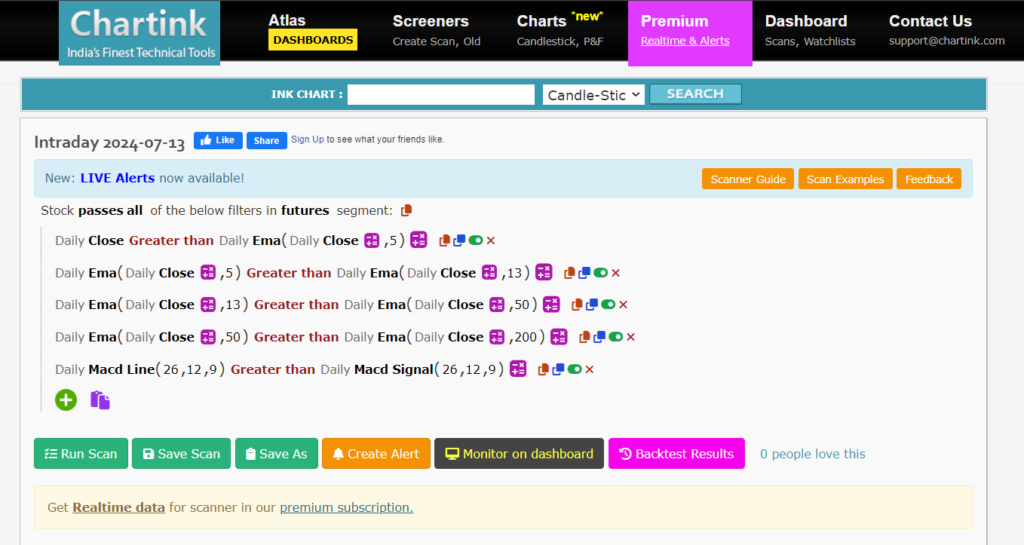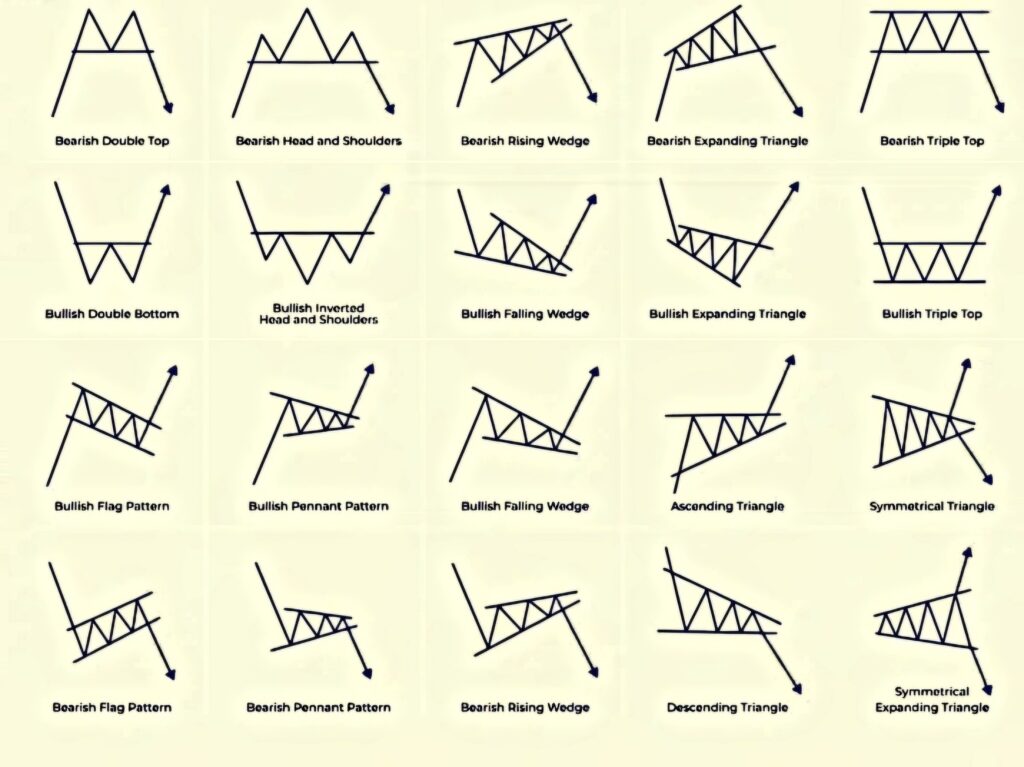Intraday trading is a skill that involves generating regular income on a day-to-day basis. It has become popular among new traders as it provides the opportunity to earn daily. Intraday trading requires a well-designed strategy and discipline; if not followed, you may suffer a significant loss. In this blog, we are going to cover the best intraday strategy that can help you become a profitable trader. Whether you are a new trader or an experienced trader, this blog will refine your trading skills.
What is Intraday Trading?
Intraday trading is also known as day trading in which a financial instrument is bought and sold on the same day. This means all positions should be closed before the market closes. The main goal of intraday is to capture small price moves in liquid stock or other securities and make profits.
Key Features of Intraday Trading
Short-Term Focus:
Intraday traders focus on short-term market movements and typically execute multiple trades within a single day. They aim to profit from the volatility in the market, capturing small price fluctuations.
Leverage:
Many brokers offer leverage to intraday traders, allowing them to control larger positions with a smaller amount of capital. While leverage can be use to make maximum profits but also involves risk of losing capital
High Liquidity:
Intraday traders prefer highly liquid stocks or instruments, which means there is a high volume of trades and the ability to enter and exit positions quickly without significantly affecting the price.
Technical Analysis:
Successful intraday traders rely heavily on technical analysis, using charts, patterns, and indicators to make informed trading decisions. They look for trends, price patterns, and other signals that indicate potential market movements.
Speed and Timing:
Timing is crucial in intraday trading. Traders need to make quick decisions and act swiftly to take advantage of short-lived opportunities. They often use automated trading systems and software to execute trades rapidly.
Best Intraday Strategy for Maximizing Your Gains
1. Stock Selection
Step 1: Choose Liquid Stocks Start by selecting liquid stocks from segments such as Nifty 100 or Nifty futures and options stocks.
Step 2: Technical Analysis
- Bullish Stock Criteria:
- The stock price in the daily time frame should be above the 5 EMA.
- The 5 EMA should be above the 13 EMA.
- The 13 EMA should be above the 50 EMA.
- The 50 EMA should be above the 200 EMA.
- The MACD (12) should be above the signal line (26) in the daily time frame.
- Bearish Stock Criteria:
- The stock price in the daily time frame should be below the 5 EMA.
- The 5 EMA should be below the 13 EMA.
- The 13 EMA should be below the 50 EMA.
- The 50 EMA should be below the 200 EMA.
- The MACD (12) should be below the signal line (26) in the daily time frame.

you can use trading screeners for scanning stocks: chartink.com
2. Identify Chart Patterns

Once you’ve chosen stocks based on the criteria mentioned earlier, it’s crucial to analyze specific chart patterns. In trading, chart patterns are distinct formations visible on price charts of financial assets like stocks or currencies. These patterns form as prices move over time and are essential tools for technical analysts in predicting future price movements. Patterns such as triangles, head and shoulders, or double tops/bottoms can signal potential market trends. By recognizing these patterns, traders gain insights into market sentiment, potential price reversals, or continuations. This visual analysis helps traders strategize effectively, manage risks, and make informed decisions when buying or selling assets.
Time Frames: Use 2-minute, 3-minute, 5-minute, 10-minute, and 15-minute charts to find these patterns.
3. Entry and Exit Strategy
Trade the Breakout:
- Entry:
- For bullish patterns, enter the trade when the candlestick closes above the pattern.
- For bearish patterns, enter the trade when the candlestick closes below the pattern.
- Stop Loss:
- For a bullish breakout, place the stop loss below the low of the entry candle.
- For a bearish breakout, place the stop loss above the high of the entry candle.
- Profit Booking:
- Use a risk-reward ratio for profit booking. Recommended ratios are 1:1, 1:2, or 1:3. Beginners should start with a 1:1 ratio and increase it as they gain experience.
4. Risk Management Techniques
Effective risk management is crucial. Ensure you do not risk more than 1% of your capital on a single day. This conservative approach helps protect your capital and ensures long-term sustainability.
5. Emotional Discipline
Maintaining emotional discipline is vital for successful intraday trading. Here are key aspects:
- Stick to a well-defined trading plan.
- Control emotions such as fear and greed.
- Manage stress effectively.
- Accept losses as part of the trading process.
- Develop a consistent routine.
- Utilize automated tools.
- Practice mindfulness.
By focusing on these elements, you can avoid impulsive decisions, reduce stress, and improve overall trading performance.
Common Mistakes to Avoid in Intraday Trading
- Overtrading: Trading too frequently can lead to losses. Stick to your strategy and avoid hasty trades.
- Ignoring Stop-Loss Orders: Always use stop-loss orders to protect your capital. Ignoring them can result in large losses.
- Lack of a Clear Plan: Trading without a plan is risky. Develop a clear strategy and stick to it.
- Emotional Trading: Avoid trading based on emotions like fear or greed. Stick to your strategy and maintain discipline.
- Chasing Trades (FOMO): Don’t chase trades due to the fear of missing out. This often leads to poor decision-making.
- Neglecting Market Research: Regularly research and analyze the market. Keeping up-to-date with market trends is crucial.
Overconfidence: Don’t become complacent after a few wins. Maintain discipline and continue learning to achieve long-term success.
Conclusion
Intraday trading offers opportunities to profit from short-term price movements in liquid stocks using technical analysis and chart patterns. The best strategies include careful stock selection based on technical indicators like EMAs and MACD, identifying chart patterns for entry signals, and employing effective risk management techniques such as stop-loss orders and controlled position sizing. Emotional discipline and adherence to a structured trading plan are crucial to avoid common pitfalls like overtrading and emotional decision-making. By focusing on these principles, traders can maximize their gains while minimizing risks, fostering long-term sustainability in intraday trading endeavors
FREQUENTLY ASK QUESTION( FAQ)
How can I get big profit in intraday?
To profit in intraday trading: use technical analysis, follow trends, manage risk with stop-loss orders, stay updated on news, trade with discipline and monitor trading volumes
What role does technical analysis play in intraday trading?
Technical analysis helps intraday traders identify trends, chart patterns (e.g., triangles, head and shoulders), and entry/exit points using tools like charts, indicators, and patterns.
How can emotional discipline affect intraday trading?
Emotional discipline is crucial to avoid impulsive decisions driven by fear or greed. It helps traders stick to their trading plan and manage stress effectively.
What are some strategies for maximizing gains in intraday trading?
Strategies include systematic stock selection, chart pattern recognition, and disciplined execution of trades with structured risk-reward ratios for profit booking.
What are the advantages of intraday trading over other trading styles?
Intraday trading offers opportunities for quick profits from short-term price movements, leveraging high liquidity and the ability to capitalize on daily market fluctuations.
How can beginners start with intraday trading?
Beginners should start with a clear trading plan, focus on learning technical analysis tools, practice with small positions, and gradually increase trade size as they gain experience.
How much risky is intraday trading?
Intraday trading is highly risky due to market volatility, rapid price fluctuations, and the need for quick decision-making. It requires substantial knowledge, discipline, and risk management, as losses can accumulate quickly.

